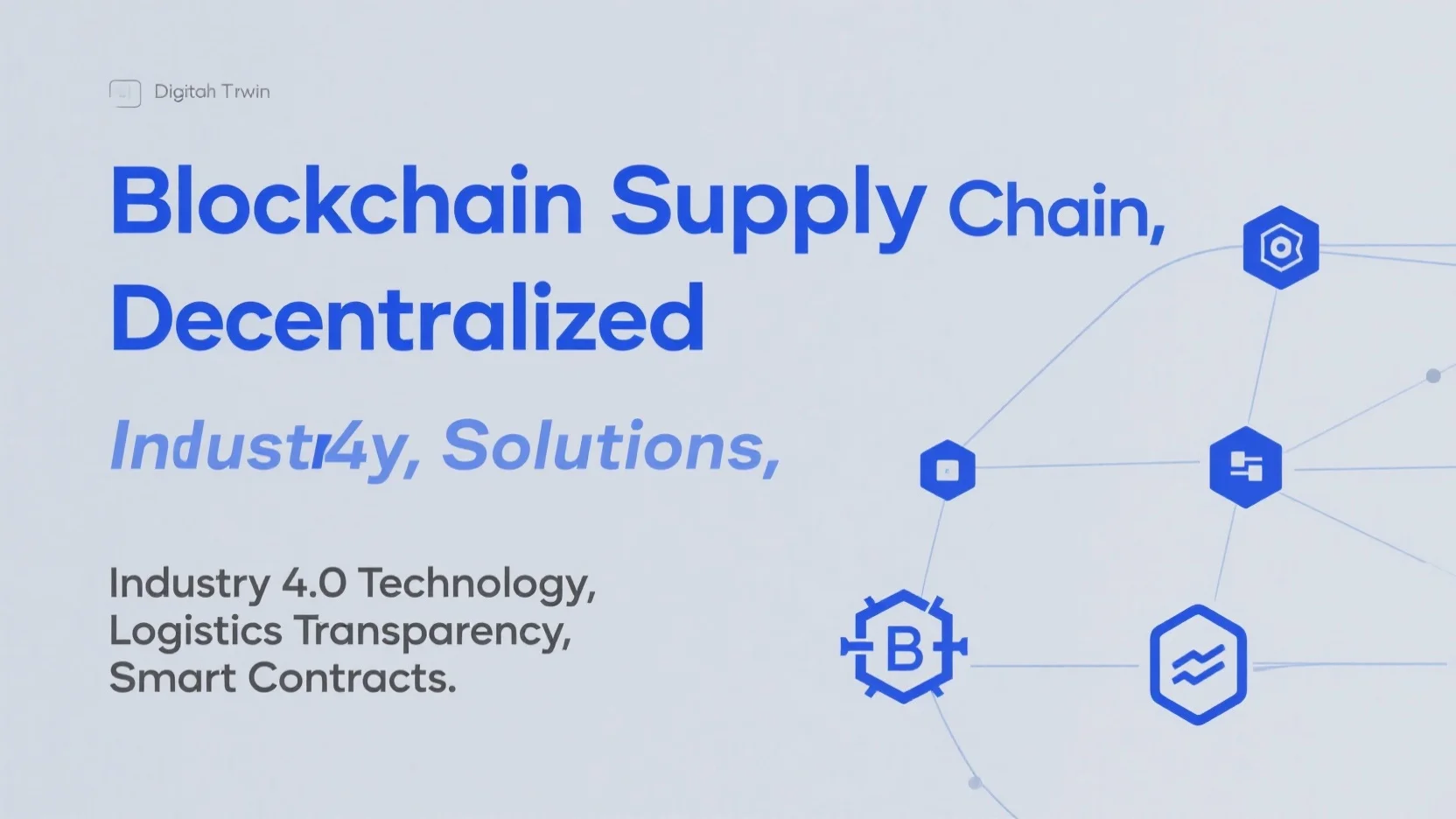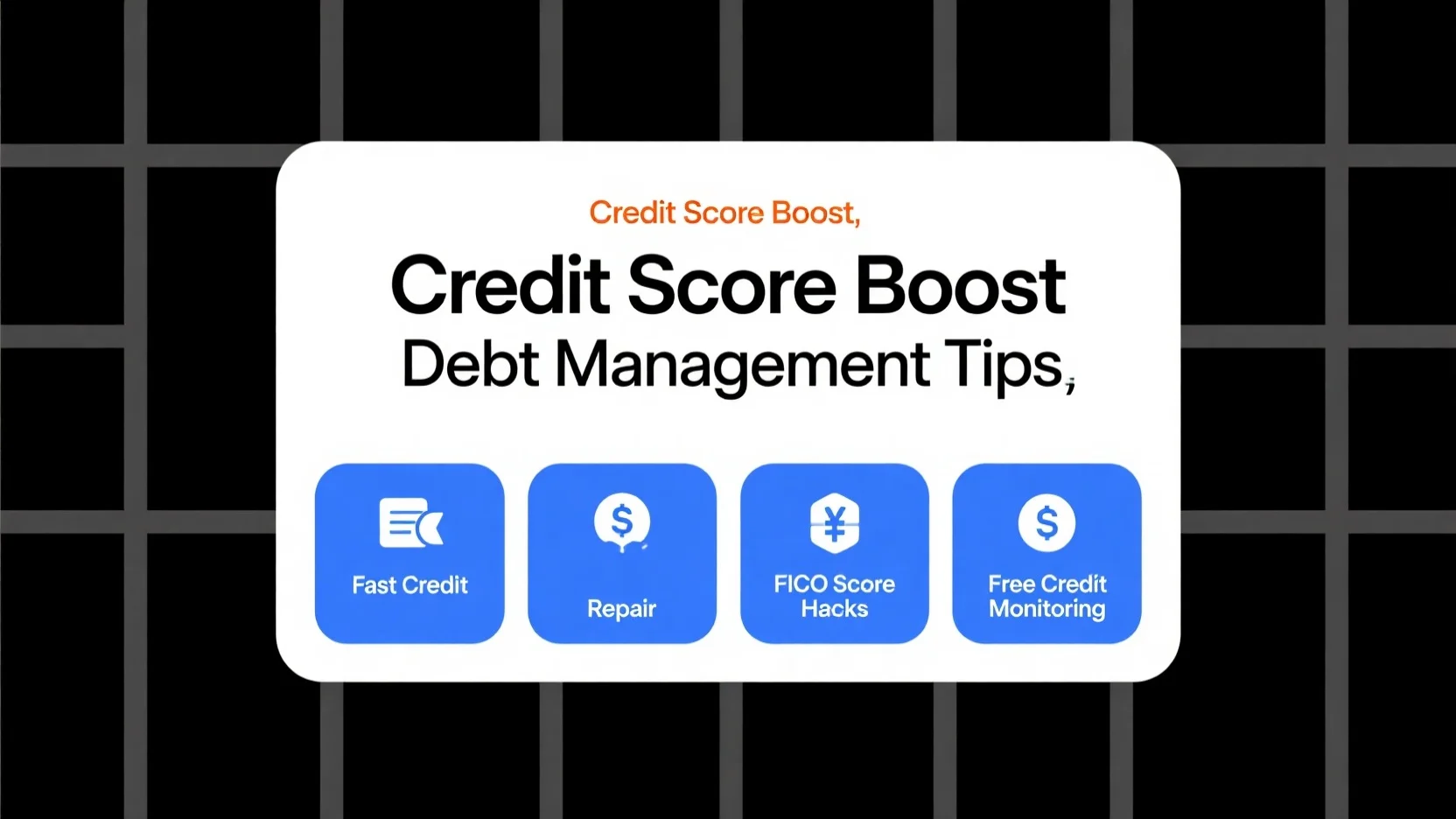Image Source: pexels
Refinancing student loans with bad credit can seem challenging, but it’s achievable. Borrowers may encounter issues such as higher interest rates or stricter requirements. Some individuals might even face denial due to limited credit history. Many lenders require a cosigner or a credit score around 650, which complicates the process of how to refinance student loans with bad credit.
Key Takeaways
- You can refinance student loans with bad credit, but it may cost more and have tougher rules.
- A better credit score can give you better loan choices. Pay your bills on time and look for mistakes in your credit report.
- You could ask a cosigner to help get better loan deals. Talk to them about the risks before applying.
Why Credit Matters When Refinancing Student Loans
The Role of Credit Scores
Credit scores are important when refinancing student loans. Lenders use them to decide if you can repay the loan. A high credit score means lower interest rates and better deals. A low score can lead to higher rates and tougher terms.
Most lenders want a FICO score in the mid-600s. Some ask for a score of 650 or more to qualify. Borrowers with scores over 700 get the best deals. If you have bad credit, it may be harder, but there are still options.
Other Factors Lenders Consider
Lenders check more than just credit scores. They also look at income, job history, and debt-to-income ratio. These show if you can make monthly payments. A steady job and low debt can help, even with bad credit.

Some lenders may also care about your degree or school. People with degrees in popular fields might qualify more easily.
Impact of Bad Credit on Loan Terms
Bad credit makes refinancing cost more. Lenders see low scores as risky. This means higher interest rates and stricter rules. Many lenders want a credit score in the mid-to-high 600s. If your score is lower, you might need a cosigner.
Refinancing student loans with bad credit can feel hard. But learning how credit affects it can help you find a way.
Challenges of Refinancing Student Loans with Bad Credit
Tougher Rules to Qualify
Refinancing loans with bad credit has stricter rules. Lenders want less risk, so they set high standards. Borrowers might need a steady job or a certain income. Some lenders ask for a cosigner if credit scores are too low. These rules can feel hard for people with bad credit.
Harder to Get Low Rates
Bad credit makes it tough to get good rates. Lenders see low scores as risky and charge more interest. This means saving money through refinancing is harder. For example, someone with great credit might get a 3% rate. But someone with bad credit could pay 8% or more. Over time, this makes loans harder to pay off.
Finding Lenders for Bad Credit
Not all lenders help people with bad credit, but some do. Researching these lenders can give better choices. For example, Earnest needs a 650 score and offers $1,000 cashback. LendKey works with scores of 660 or more and allows cosigners. The table below shows lenders for bad credit:
| Lender | Minimum Credit Score | Income Needed | Cosigner Option | Cashback Bonus |
|---|---|---|---|---|
| Earnest | 650 | None | No | Up to $1,000 |
| LendKey | 660 | $24,000 | Yes | Up to $1,250 |
| Credible | N/A | N/A | N/A | N/A |
Looking into these lenders can make refinancing easier. Borrowers should compare offers to find the best match.
Steps to Refinance Student Loans with Bad Credit
Applying with a Cosigner
Adding a cosigner can make refinancing easier. A cosigner with good credit helps get better loan terms. This could mean lower interest rates or smaller payments. But there are risks to think about:
- Missed payments can hurt the cosigner’s credit score.
- They share the debt, which limits their financial choices.
Talk with the cosigner about these risks before applying. Clear communication helps everyone understand their responsibilities.
Improving Your Credit Score
Improving credit takes time but brings better refinancing options. Pay bills on time and lower credit card balances. Check your credit report for mistakes and fix them. Fixing errors can quickly raise your score.
Even small changes help. For example, raising a score from 580 to 620 can open more lender options. Keep working on it for long-term benefits.
Comparing Lenders for Better Options
Lenders offer different deals, so comparing them is important. Some lenders focus on helping people with bad credit. They might have flexible terms or lower fees.
Use online tools to compare rates, repayment plans, and perks like cashback. Shopping around can save money and reduce stress.
Considering Credit Unions or Community Banks
Credit unions and community banks often give personal service. They may offer lower rates or flexible terms for local borrowers. These places sometimes look at more than just credit scores.
Visit a local branch to explore options big lenders may not have. Building a relationship with a smaller bank can lead to better deals.
Alternatives to Refinancing Student Loans
Federal Loan Consolidation
Federal loan consolidation helps simplify payments for bad credit borrowers. It keeps federal benefits like forbearance and income-driven repayment plans. Unlike private refinancing, it doesn’t lower interest rates but avoids penalties. Borrowers can combine federal loans into one for easier payments. This option ensures access to federal programs during tough financial times.
Income-Driven Repayment Plans
Income-driven repayment (IDR) plans adjust payments based on income and family size. Benefits include:
- Lower payments that match your income.
- Yearly updates for changes in earnings.
- Plans like SAVE reduce payments for high debt-to-income borrowers.
- Easy sign-up through a loan servicer or online.
Borrowers must update their info yearly to stay enrolled. These plans help people with bad credit manage payments better.
Loan Rehabilitation for Defaulted Loans
Loan rehabilitation fixes loans after default. Steps include:
- Contact your loan servicer to start the process.
- Make nine on-time payments under a set plan.
- Confirm the loan is rehabilitated after finishing payments.
This stops wage garnishments and removes default from credit reports. It also restores access to deferment, forbearance, and new repayment options.
Forgiveness and Assistance Programs
Forgiveness and assistance programs help reduce or erase student loans. Options depend on loan type, job, or financial need. Examples include:
- Federal and state forgiveness for public service, teachers, or healthcare workers.
- Loan Repayment Assistance Programs (LRAPs) for jobs like teaching or medicine with service commitments.
These programs give borrowers a chance to lower or clear their loan balances. They offer relief for those facing money problems.
Refinancing student loans with bad credit can be done. It takes planning and effort. Borrowers should work on raising their credit scores. They should also look for lenders who help people with bad credit. Adding a cosigner might get you better loan deals.
Remember, refinancing with bad credit often means higher interest rates. Loan terms may not be as good. Stretching out payments can lower monthly bills. But it might make the loan cost more in the end.
If refinancing doesn’t work, federal programs can help. Options like income-driven repayment plans or loan consolidation offer support. Checking all choices helps borrowers make smart money decisions.
FAQ
What credit score is needed to refinance student loans?
Most lenders want a credit score of 650 or more. Some lenders accept lower scores or allow cosigners to help.
Can I refinance federal student loans with bad credit?
Yes, but refinancing federal loans removes benefits like income-based plans. Think about other options before refinancing federal loans.
How does a cosigner help with refinancing?
A cosigner with good credit makes approval easier and gets better terms. They share the loan, so missed payments hurt their credit too.





